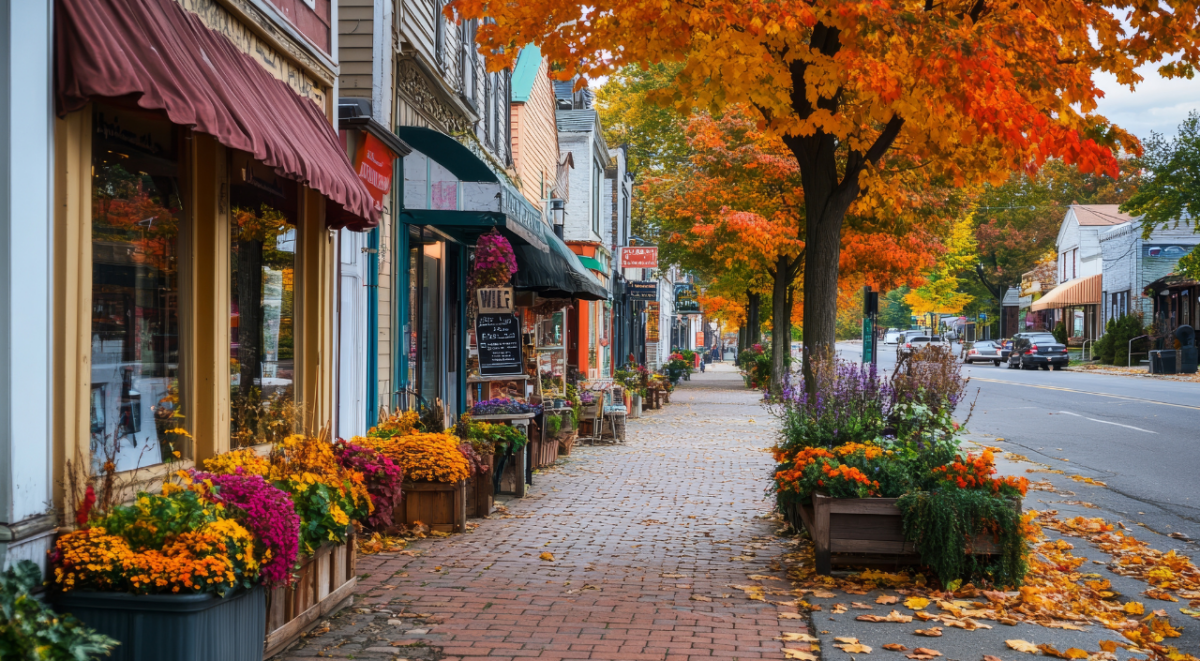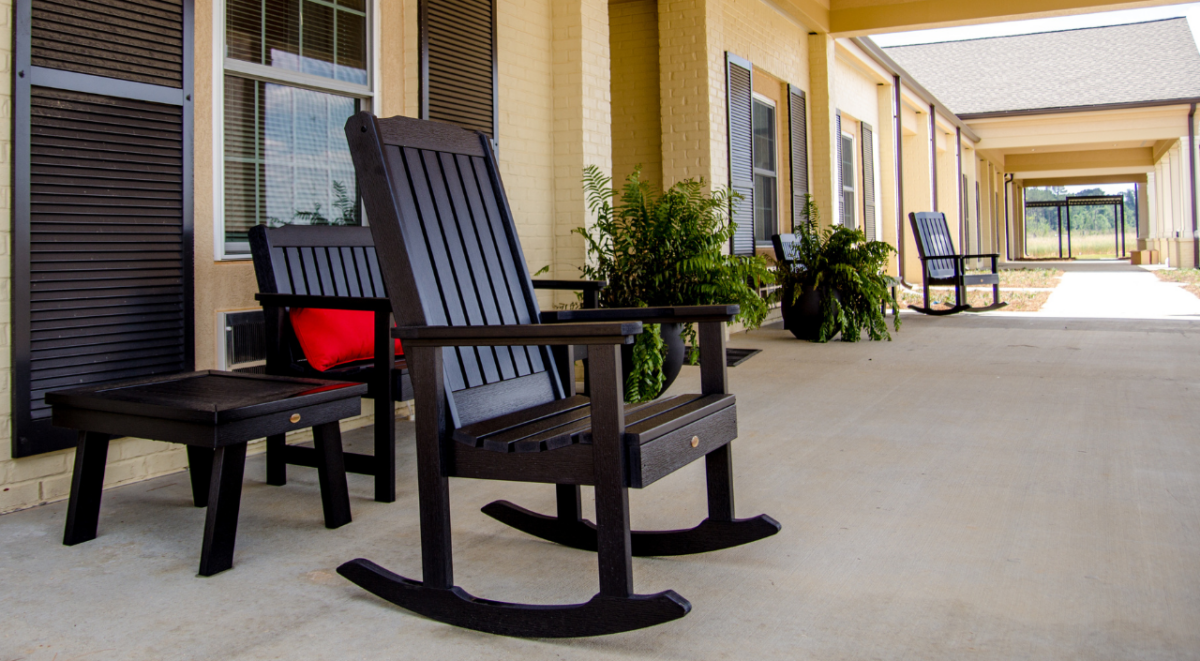Good credit is important for most aspects of contemporary living. Lenders evaluate credit scores and other elements to determine one’s history of paying their debts to entities that lend them money. Business loans are no exception. They require a good credit history. This is even more important because starting or investing in a business often requires a sizeable amount of cash.
Securing large business loans – even with a very good credit history – can often be challenging for many rural businesses. It was for this reason that the U.S. Department of Agriculture (USDA) established the USDA Rural Development Loan Program, to help nourish and support economic development in rural areas of America. The program provides government-backed loan guarantees to encourage lenders to lend to rural businesses. This is extremely beneficial for rural borrowers for a multitude of including surprisingly favorable credit and collateral requirements. But sufficiently good credit is still a requirement to take advantage of the program. So, what constitutes a “good credit history” when applying for a USDA Rural Development Loan? Several factors are considered by USDA Rural Development Business & Industry (B&I) Loan lenders, like North Avenue Capital, starting with a reasonably good credit score.
What Credit Score Is Required for a USDA Rural Development B&I Loan?
USDA Business & Industry (B&I) Loans are available to a broad range of businesses in areas classified as “rural” (communities with 50,000 or fewer residents, which represents about 97% of America). The loans, which can range from $2 million to $25 million, can be used for everything from business acquisition to purchasing equipment, supplies, construction, land, commercial building, refinancing, and much more. Loan terms can range from 7 to 30 years and interest rates are highly appealing, tied to the Wall Street Journal Prime Rate + 1-3%. To secure a USDA B&I Loan, a borrower must have a good credit history including a credit score of at least 680, along with a good payment history and low credit utilization. Borrowers with higher credit scores enjoy the lowest interest rates.
Credit reporting agencies like Equifax, Experian, and TransUnion have slightly different ways of determining credit scores based on the data they receive. Most lenders use FICO scores (so named after the Fair Isaac Corporation developed the three-digit credit scoring standard 30 years ago), to assess a potential borrower’s credit. The factors that determine FICO scores include:
- Payment History (35%) Does the prospective borrower pay their bills on time? Items more than 30 days past due are typically viewed unfavorably.
- Amounts Owed (30%) How much of their available credit are they using? Ideally, this number is less than 30%.
- Length of Credit History (15%) The longer the credit history, the better.
- Credit Mix (10%) Does the borrower showcase a diverse mix of credit types?
- New Credit (10%) Having multiple lines of credit can be beneficial, if they are not all opened at once.
- Items such as bankruptcies, liens, unpaid taxes, and collection attempts are also considered and can negatively impact your credit score and eligibility for a USDA Rural Development B&I Loan.
Collateral Requirements and Other Credit Qualifications for USDA B&I Loans
USDA Rural Development Business & Industry (B&I) Loans are collateral-based loans. In addition to a good credit score and history, borrowers also must be able to provide sufficient collateral (cash, fixed assets, equipment, real estate, etc.) to back the loans on a 1:1 basis. So, a rural business applying for a $3 million loan should maintain that same amount of tangible assets.
Borrowers must also be able to show a practical, adequate cash flow to be able to repay the loan. This is called a good business debt schedule.
There are a few other minimum qualifying criteria set forth by the USDA for securing a USDA B&I Loan. These include having a tangible balance sheet equity position of at least 10% for an existing business, 20% for a new one, and 25% for construction projects at loan closing; providing personal and/or corporate guarantees, securing relevant insurance; and, if a new business, completing a feasibility study. You can read more about qualifying for a USDA Rural Development Loan, here.
USDA Rural Development Business & Industry Loans offer many advantages to rural business owners who can use them to help start a new business, grow an existing one, or save a struggling company and the jobs that the business creates. While borrowers should be credit-worthy, securing a USDA B&I Loan can be easier than trying to access other forms of credit, certainly for the rural businesses for which they are designed, which are broader and more inclusive than most would imagine.
North Avenue Capital can help assess your eligibility for a USDA Rural Development Business & Industry Loan and if qualified, complete a loan application. We are the nation’s #1 provider of USDA B&I Loans with offices in Northeast Florida, Nevada, Arkansas, Georgia, Tennessee, and Texas, and work with partners to assist clients in all 50 states. Contact us today to get started by calling (904) 479-4862.


